From the island of Tenerife to the Canaries, Julien Bondia explains the positioning on the field in relation to a blow given by the opponents. This positioning place, called "home", will allow any type of player to view the game in a simple way and to hit the balls in a more professional way.
What is the position of "the house"? When to use this position? Players, clubs and teachers, let's break this positioning.
Positioning
On a plot of padel, there are several positions which allow us, according to the moment of the game and according to the blows played by our adversaries, not to lose the advantage in the point and especially to play our balls more easily.
There are several "typical" positions on the field: baseline, in front of the service line, on the fly, glued to the back window and ... the house.
THE HOUSE
This place is characterized by an imaginary square of about 1,50 meter by 1,50 meter from the service square line to the net, along the side window and start of the grid. This zone will be your place of residence when your opponents will perform a smatch. For all other moves, if you enter this zone, you are likely to lose the point.
Against which players?
If you play in the diagonal of a right-handed player playing on the left, his smatches will allow you to use the placement of the house. In the case of a left-handed player playing in the diagonal left (unlikely but sometimes the players swap during a point), the printed effects will not allow you to use the house.
If you play in the diagonal of a right-handed player playing on the right, the position of the house can not be considered unlike a left-handed player playing in the right diagonal.
Body position and stroke detail
When you know that the opponent in your diagonal will perform a smatch (if the conditions of the previous paragraph are respected), you will go directly to this zone. The waiting position will be low on the legs, slightly on the tip of the feet to be hyper-responsive, 3 / 4, looking towards the door and racket in front of you in the down position. Then…
- During a smatch hit flat, very strong with the intention of bringing the ball back to his camp, you will be closer to the ball because you already have more than a meter in advance
- During a slightly touched smatch with the intention of making 2 rebounds to the ball before touching the back window, you will be able to follow the ball, go in its direction and make a counter glass
- During a smatch in the direction of the grid, you will only have to take a step forward to capture this ball before or after touching the grid
- During a smatch by 3, you only have to go towards the door to try the recovery, your running distance is reduced
- During a smatch by 3 râté or a smatch lift of your opponents touching the first pane of the background, you will only follow the ball with your eyes and your racket, separate you from the window coming towards the center of the field, and play the ball with a backhand (may be different right side if you are right-handed or left-handed)
- During a smatch lift in the direction of the side window, several possibilities. Either hit hard, you let pass for your partner. Either hit slower and you play the ball half volley or even volley. Either hit slowly and let the ball pass between you and the side window. In the case where the ball touches the first window, the advice is to play against the window with a forehand (for the left side). End of first window and second side window, follow the ball with your eyes and racket, turn with, and when facing the ball field in front of you, play a forehand (for the left side). You will see that you will automatically resume the ground position.
This very effective position takes a little time to learn, especially for a right-hander to the right as he has to adapt to the game of a right-handed or a left-hander. Thanks to it you will have less apprehension during the smatching of your opponents. As much in the men of the WPT this position is gradually forgotten because the strikes are very violent and the primary intention is to bring the ball back into the court, but in the women of the WPT, I invite you to look at the positioning taken during of a smatch; and I mean a smatch, not a bandeja...
Do not hesitate, if necessary, to ask your questions.
Julien Bondia is a teacher of padel in Tenerife (Spain). Columnist and advisor, he helps you play better through his tutorials and tactical/technical articles padel.



















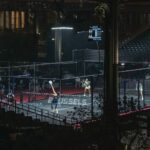
















































































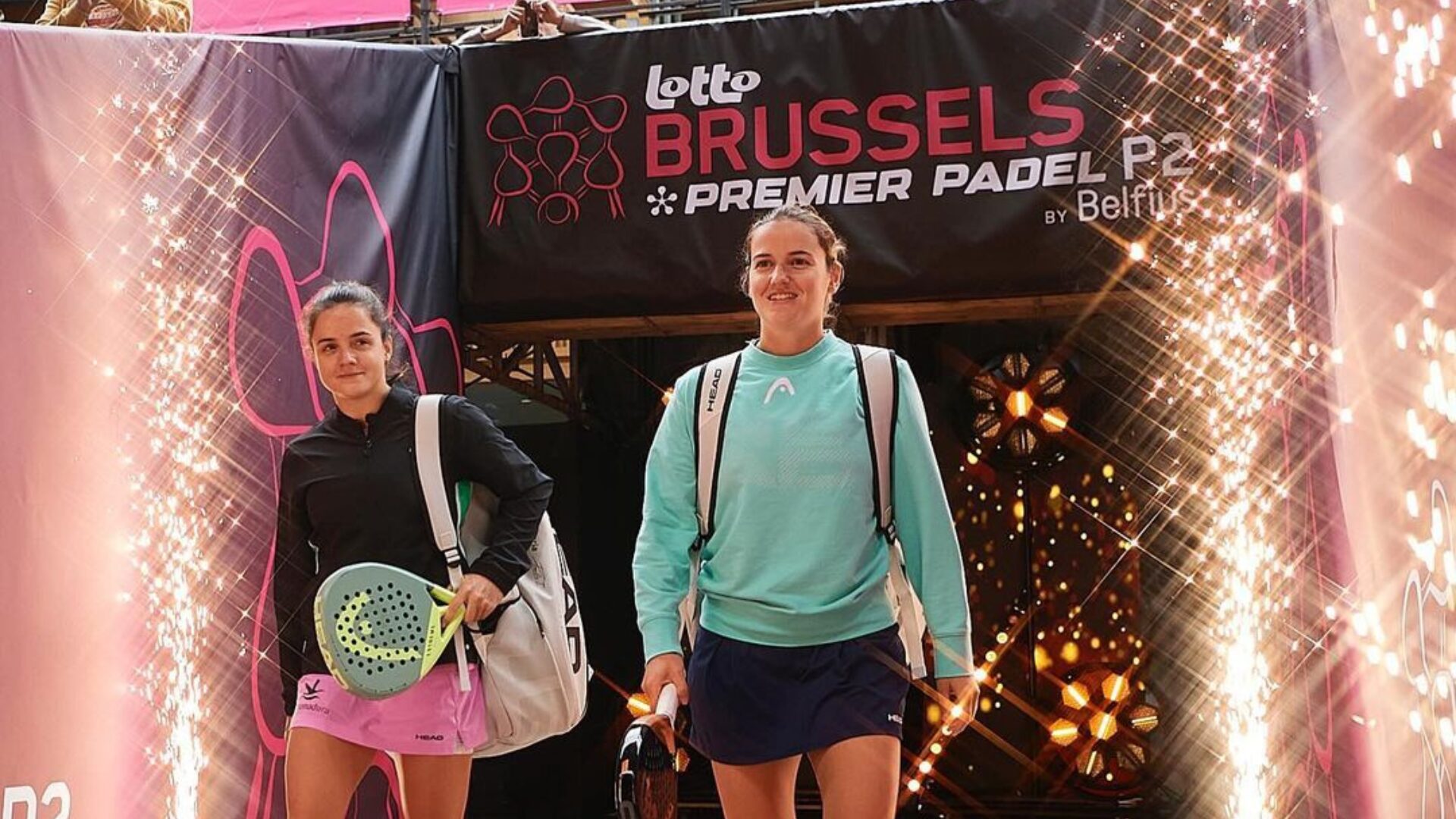 Premier Padel Brussels P2 – The break obviously did Sanchez / Josemaria good!
Premier Padel Brussels P2 – The break obviously did Sanchez / Josemaria good!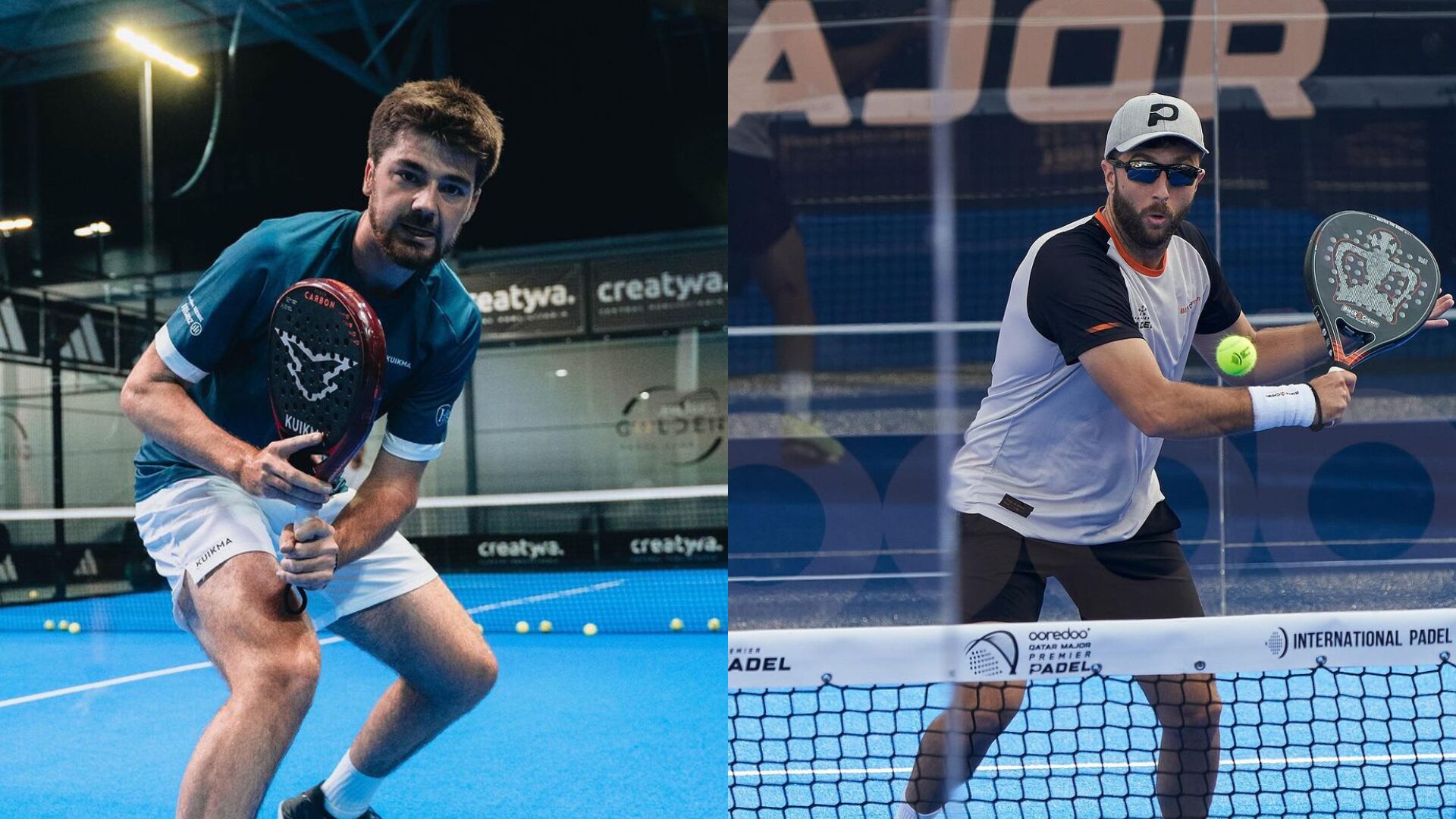 Premier Padel Sevilla P2 – From the waiting list to previas for Dylan Guichard and Ricardo Martinez!
Premier Padel Sevilla P2 – From the waiting list to previas for Dylan Guichard and Ricardo Martinez!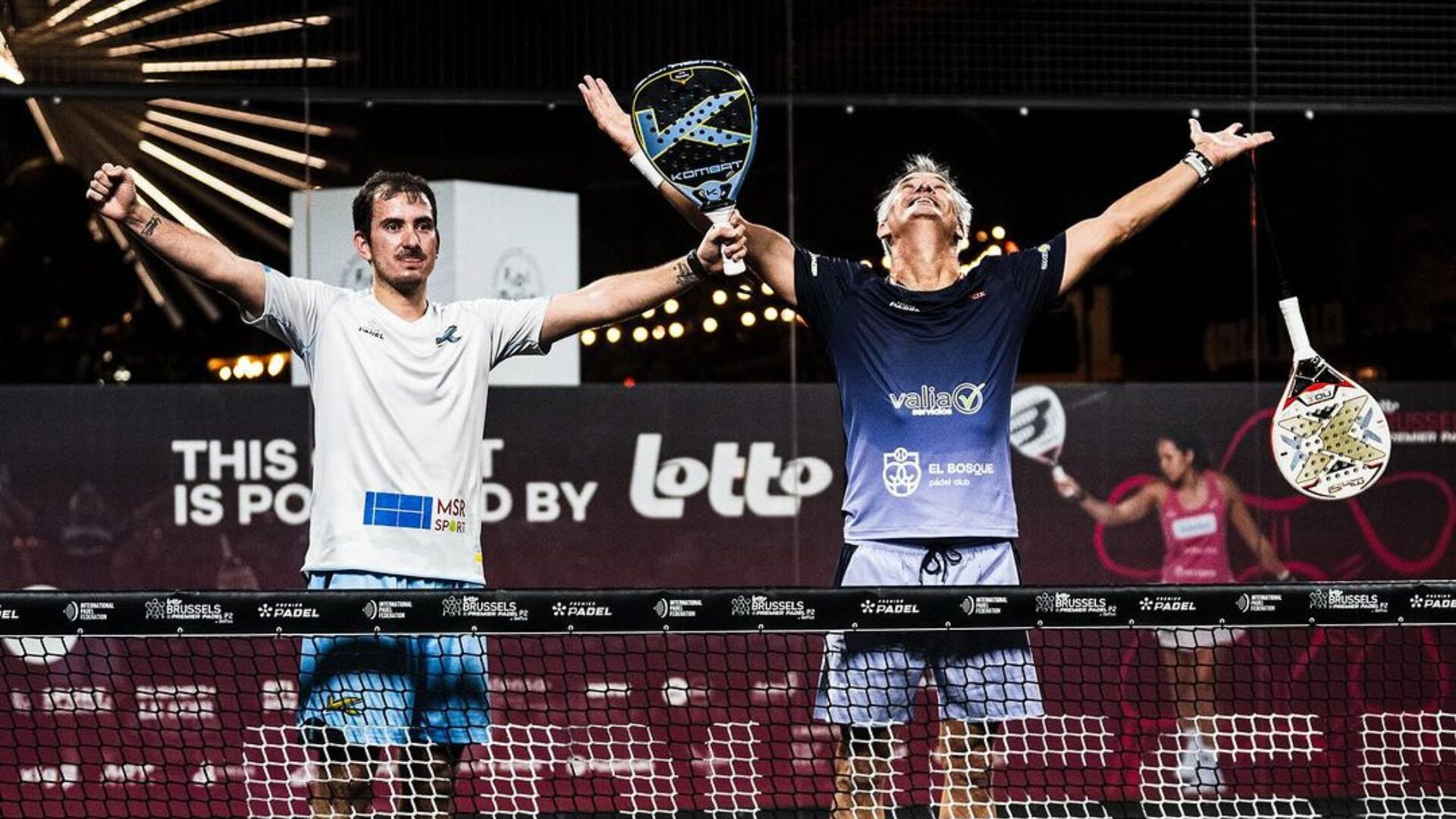 Miguel Lamperti: three tie-breaks and a return to the quarter-finals!
Miguel Lamperti: three tie-breaks and a return to the quarter-finals! Guillaume Codron de Sud Padel : “A family project”
Guillaume Codron de Sud Padel : “A family project” Nallé Grinda: “Democratize the padel in the USA with PadelX "
Nallé Grinda: “Democratize the padel in the USA with PadelX " Simon Boissé: “We know that there are two nations in front of us”
Simon Boissé: “We know that there are two nations in front of us” Marie Maligo: “This period of frequent changes of partners was beneficial for me”
Marie Maligo: “This period of frequent changes of partners was beneficial for me” Gilles Moretton: “We will be able to put the padel at the level of tennis”
Gilles Moretton: “We will be able to put the padel at the level of tennis” Two P1000 doubled prize money approaching!
Two P1000 doubled prize money approaching! José Manuel Escin at the inauguration of Casa Padel DOS: “Finally, and thank you!”
José Manuel Escin at the inauguration of Casa Padel DOS: “Finally, and thank you!”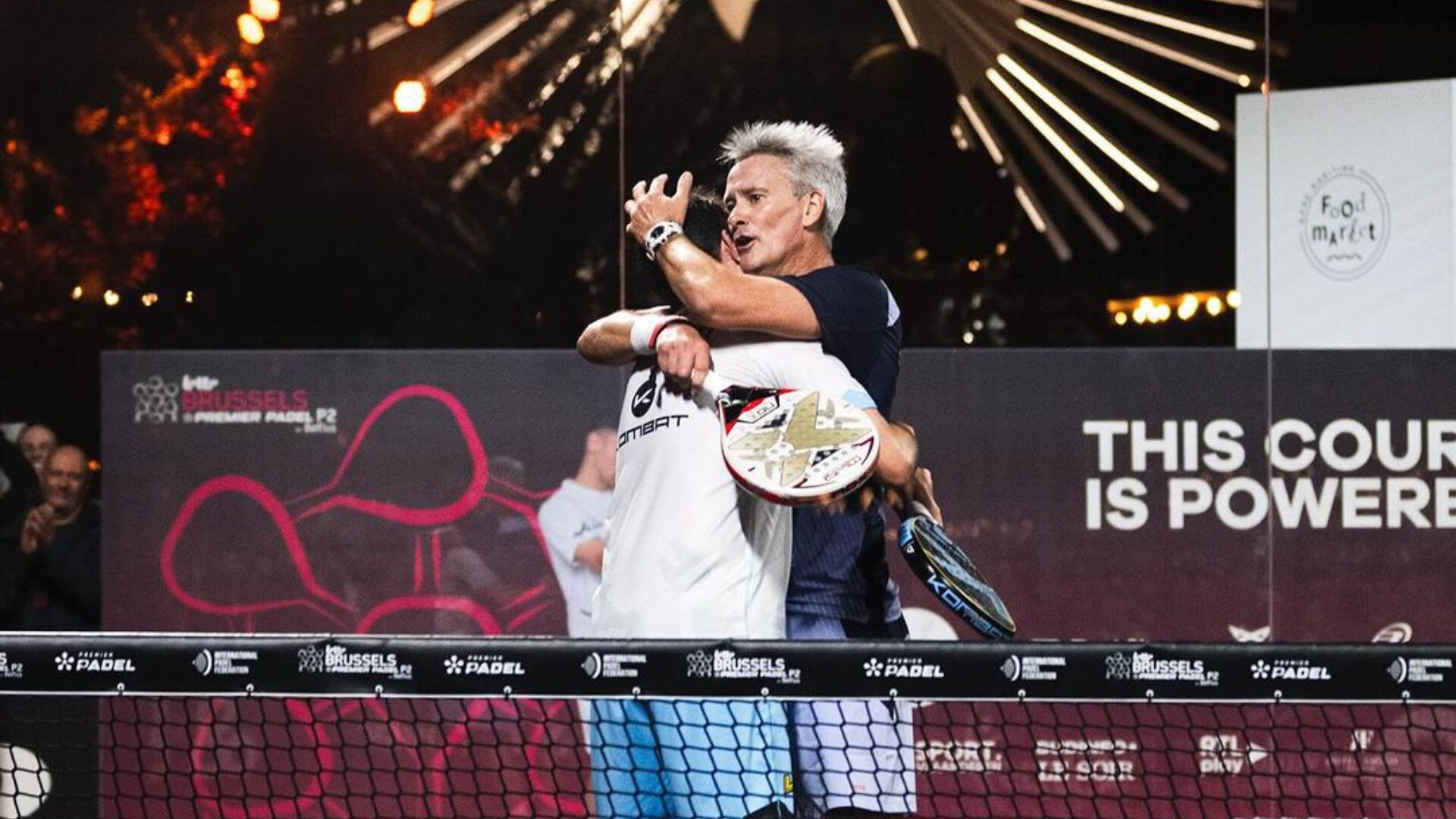 Big evening in Brussels with two seeded players on the mat, heckled number 1s…
Big evening in Brussels with two seeded players on the mat, heckled number 1s…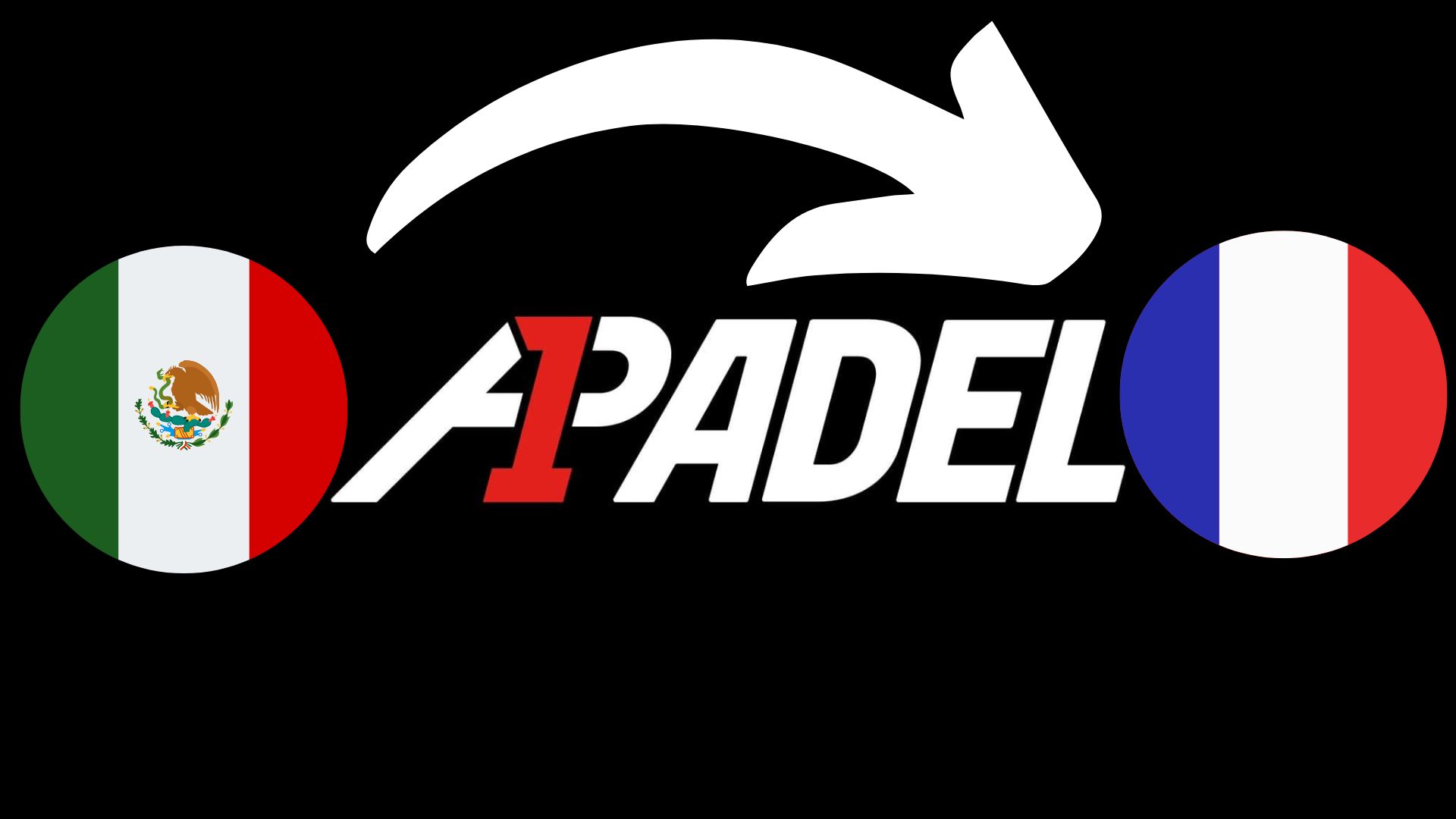 A1 Padel – the French Open replaces the Mexican Open on the calendar
A1 Padel – the French Open replaces the Mexican Open on the calendar 4 Fiberglass Padel Courts for The Ville de Paris: a choice that looks to the future
4 Fiberglass Padel Courts for The Ville de Paris: a choice that looks to the future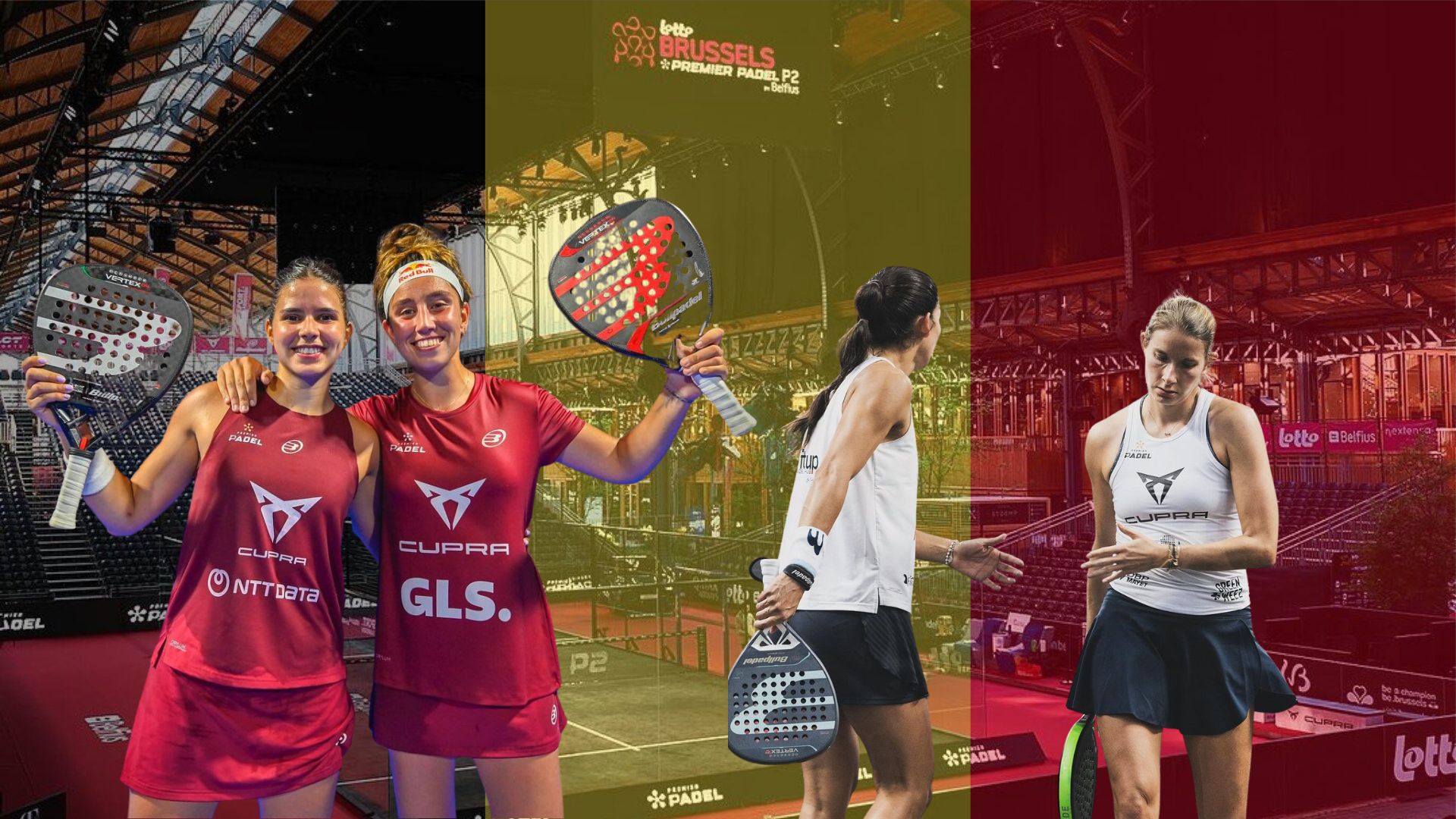 Brussels Premier Padel Brussels P2 – Collombon / Bidahorria falls against Brea / Gonzalez
Brussels Premier Padel Brussels P2 – Collombon / Bidahorria falls against Brea / Gonzalez Padel Score comes to Tahiti for American Express Padel Cup!
Padel Score comes to Tahiti for American Express Padel Cup! Do you know the Rafa Nadal Academy Tour?
Do you know the Rafa Nadal Academy Tour? Play at padel on his yacht? Possible for €233.000!
Play at padel on his yacht? Possible for €233.000! Our Top 10 training courses padel in France and Europe
Our Top 10 training courses padel in France and Europe At the heart of padel – Episode 25: Paul and Andoni answer your questions
At the heart of padel – Episode 25: Paul and Andoni answer your questions Tactical padel – What to do when faced with players who systematically stay at the bottom?
Tactical padel – What to do when faced with players who systematically stay at the bottom? The basic tactics of padel
The basic tactics of padel At the heart of padel – Episode 25: Paul and Andoni answer your questions
At the heart of padel – Episode 25: Paul and Andoni answer your questions At the heart of padel – Episode 23: defend the window well
At the heart of padel – Episode 23: defend the window well Prohibition on playing topless Padel : the reasons
Prohibition on playing topless Padel : the reasons FIP Tour – Going far from Europe, THE strategy to earn points!
FIP Tour – Going far from Europe, THE strategy to earn points! What is a good football player? padel ?
What is a good football player? padel ? “Lefties give me headaches when I play against them!”
“Lefties give me headaches when I play against them!” At the heart of padel – Episode 14: how to earn points in winter?
At the heart of padel – Episode 14: how to earn points in winter? A par 4 is always a winner...even if you manage to defend it!
A par 4 is always a winner...even if you manage to defend it! Carbon fiber VS fiberglass: what to choose?
Carbon fiber VS fiberglass: what to choose? How to effectively test a racket padel ?
How to effectively test a racket padel ? La padel to fight Parkinson's disease
La padel to fight Parkinson's disease Don't play with a cracked or broken racket, your body will thank you!
Don't play with a cracked or broken racket, your body will thank you! Michel Cymes: “The padel, physically, it’s serious!”
Michel Cymes: “The padel, physically, it’s serious!” Jeremy Gala: “Promote the padel among young people in Belgium remains a challenge”
Jeremy Gala: “Promote the padel among young people in Belgium remains a challenge” The French Touch Academy organizes its selection day Padel-Study
The French Touch Academy organizes its selection day Padel-Study Report on the detection and training of younger generations
Report on the detection and training of younger generations